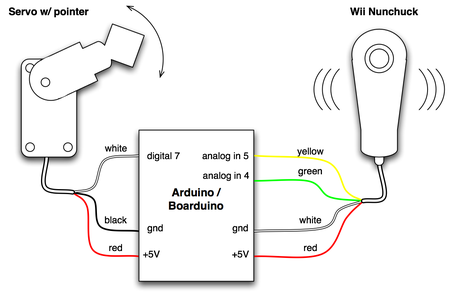All Posts (14030)
Sort by
Light painting VIKA from heroine worshipper on Vimeo.
Light painting LION from heroine worshipper on Vimeo.These are the still photos.


First of all I got to thank the whole "DIYDrones" community that gave me a lot of informations and ideas in the past. And continues but... now I think it's my time to share my findings while developing my "ideas".
I usually work with the Arduino open platform but lately I've been working with Gumstix hardware and I have to say that they are both great "technologies" to start you project with.
My actual project is to develop and autopilot for my Omei 2000 motor glider. That's part of a series of projects, all related.
In my project the authopilot module will: stabilize the flight, follow a GPS programmed path and come back home, send informations to the base station, etc. Nothing particular, nothing that you guy haven't done already. And what about sensing thermal and trying to "follow" them authomatically to increase authonomy and flight times? I've been thinking about putting very light solar panels on the wings to "recharge" batteries while flying. But I'll write more on next posts.
I'd like to add something more like a pan&tilt camera, radio linked to virtual glasses with head tracking, so that has you move your head the camera moves accordingly. About that I've already made some test a few months and probably my next post will be about that. I got a video and Arduino code to share.
Personally I flew with paraglider, and now I fly small and light airplanes and motor hang glider. Can't stay too much away from it. But lately (let's say one year) I don't have much time for flying and that's where it came the idea of starting with RC flight.
That's all for now. I only forgot to say... forgive me for my mistakes in english as it's not my mother language. I'm italian. Thanks.
Thanks. A presto,
Andrea

